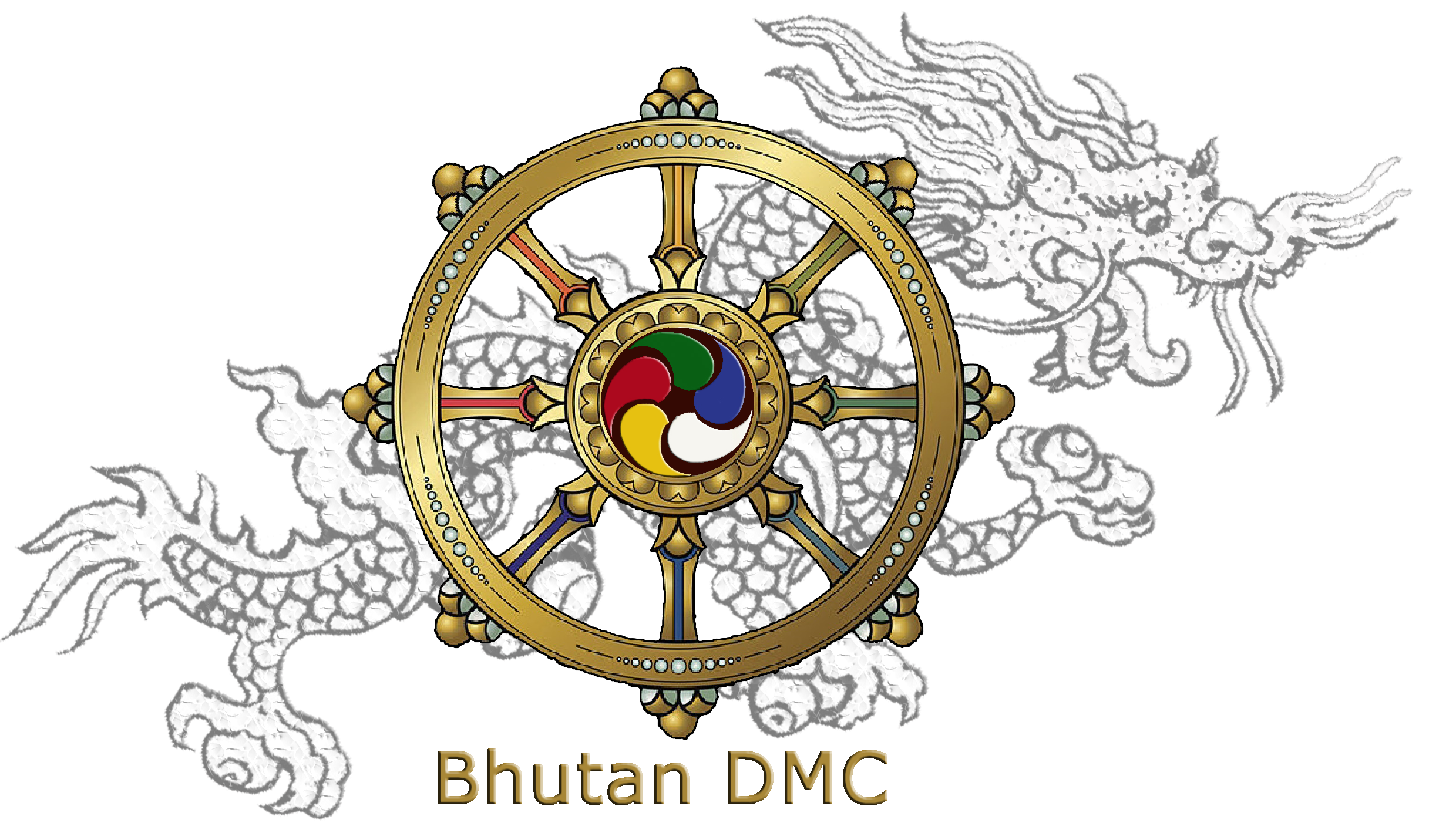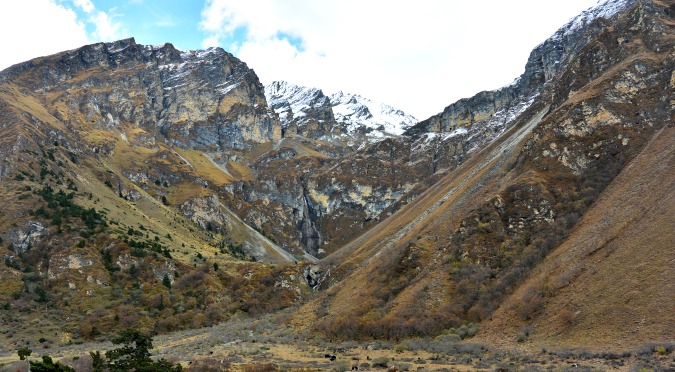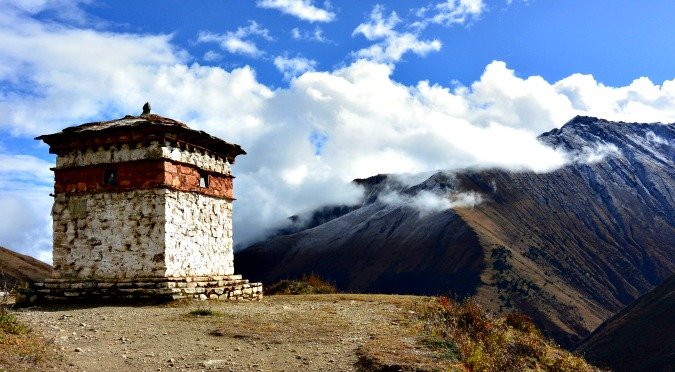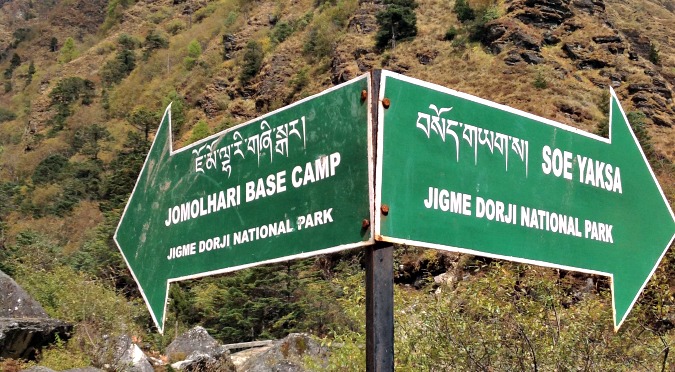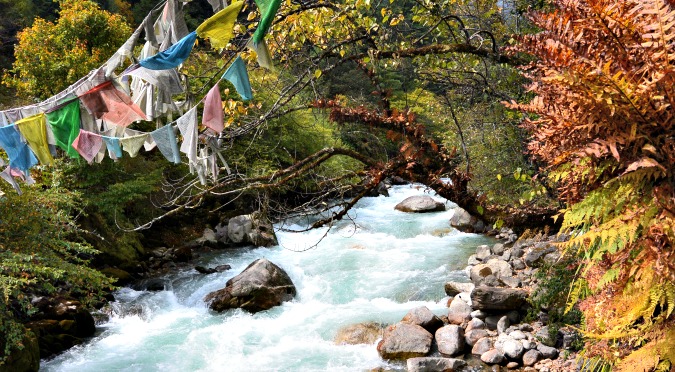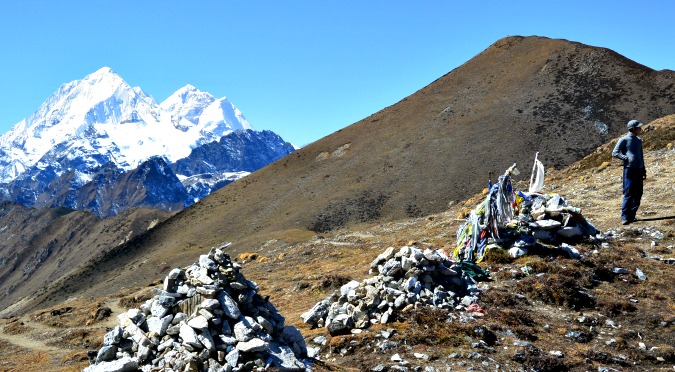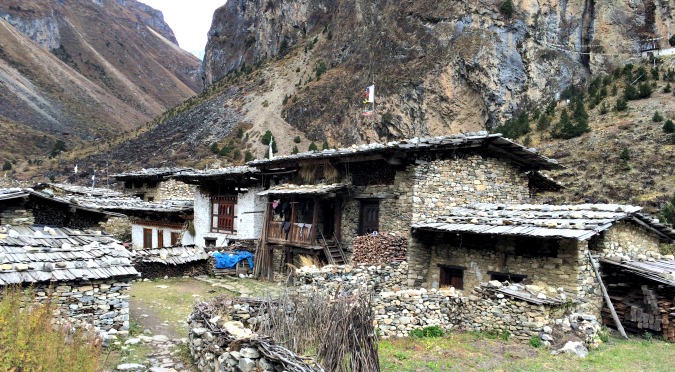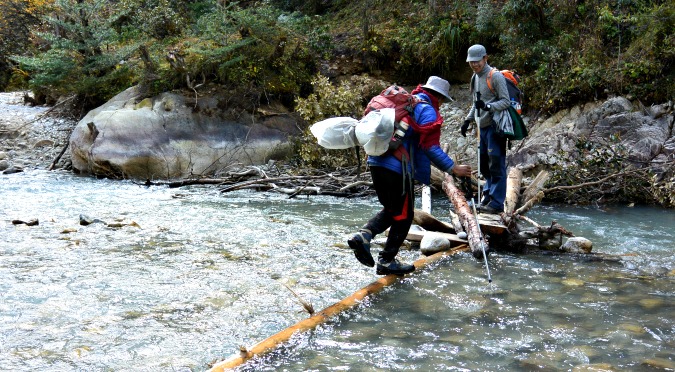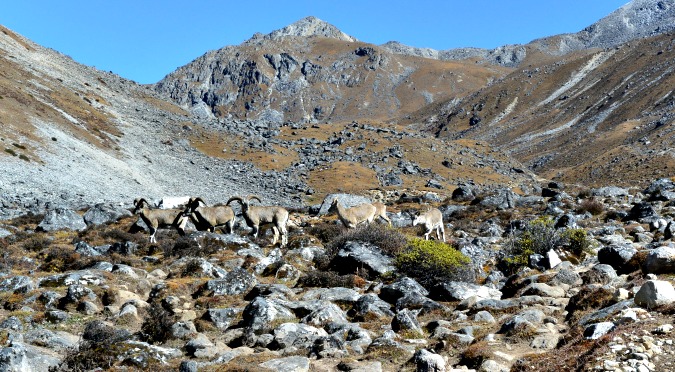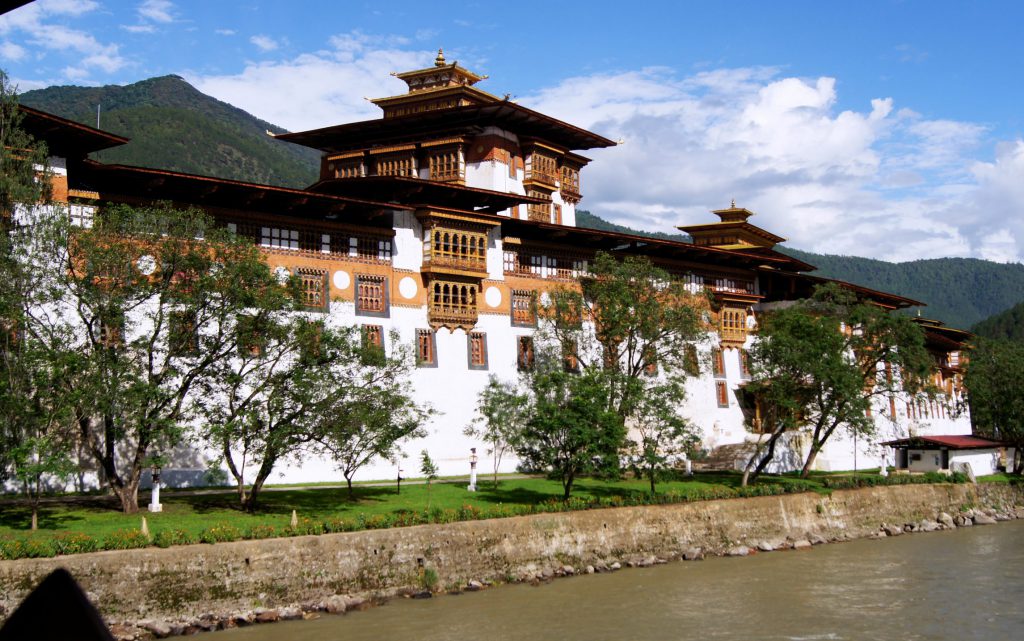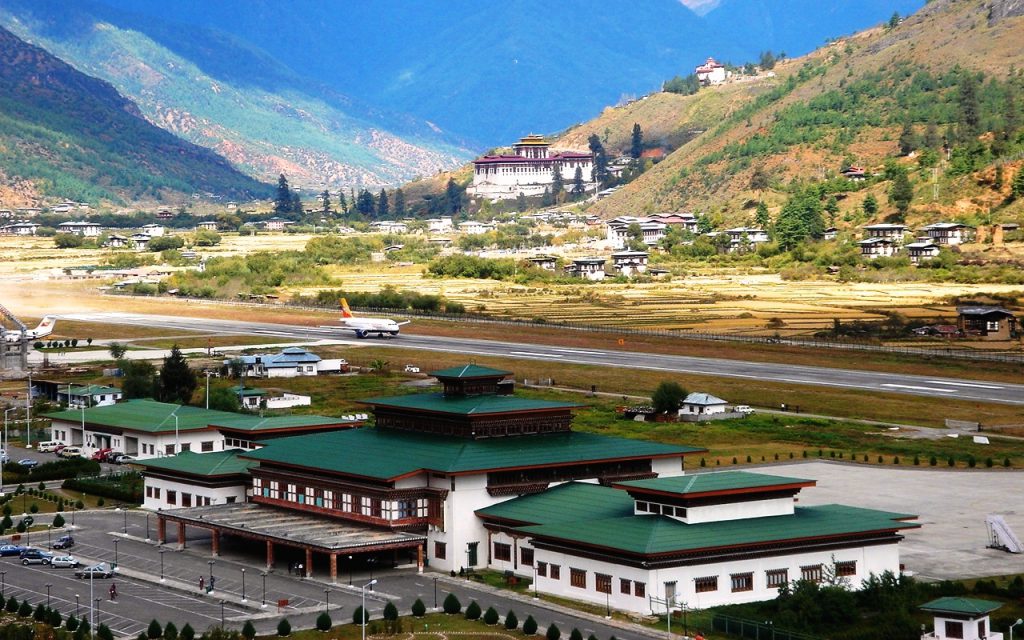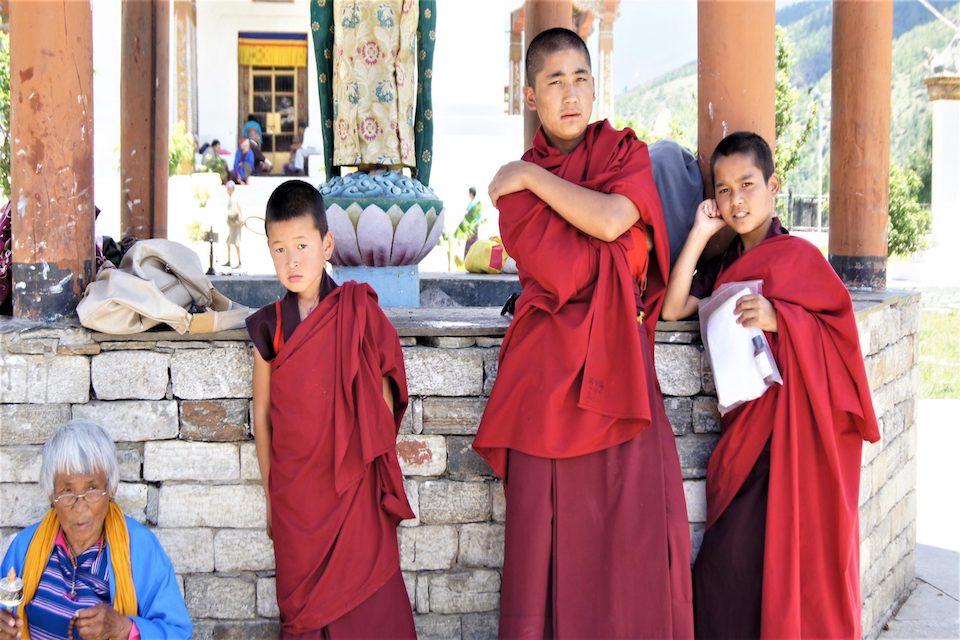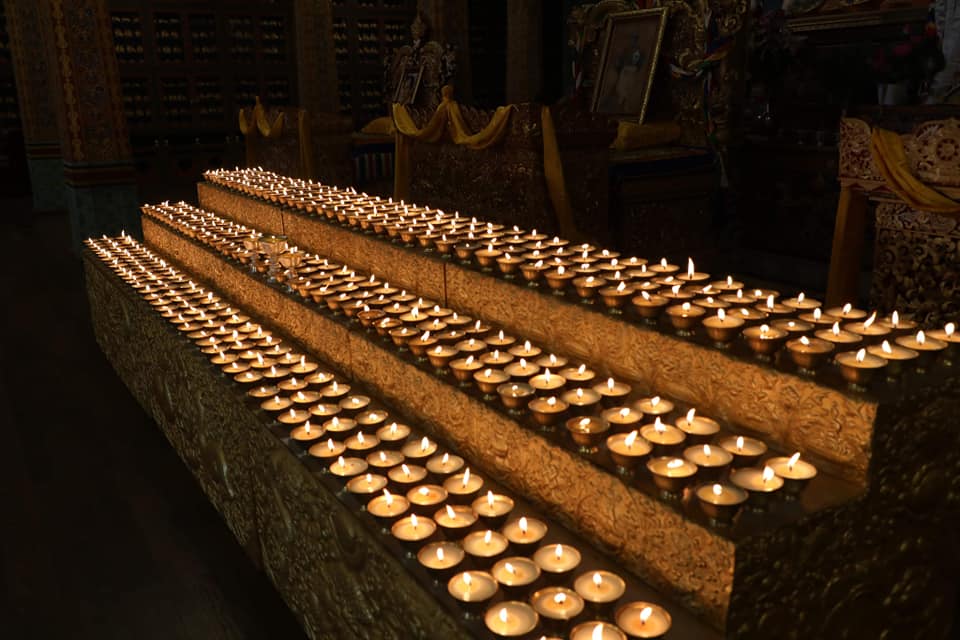Western Bhutan, the heartland of Drukpa people is known for its lush valleys, spectacular natural beauty and aesthetic grandeur. This tour to western part of Bhutan will help you to experience and understand the authentic Bhutanese way of life. Drive from one valley town to another visiting temples, monasteries, dzongs, isolated villages, and the people. This trip is a wonderful immersion into Bhutanese culture, where daily life is itself a form of art.
Day 1
Arrive Paro By Flight & Transfer to Thimphu
The flight to Paro is one of the most spectacular in entire Himalayas. Flying along the Himalayan range from Kathmandu or over Himalayan foothills, the journey offers fascinating views and an exciting descent into the Kingdom. Bhutan’s first gift to you as you disembark from the aircraft will be cool, clean fresh mountain air. After immigration formalities and baggage collection, you will be met by our representative, and afterwards drive to Thimphu, the capital town of Bhutan
On arrival, in Thimphu check-into the hotel. The capital town of Bhutan and the centre of government, religion and commerce, Thimphu is a unique city with unusual mixture of modern development alongside ancient traditions. With the population of about 1,00,000 it is perhaps still the world’s only capital city without a traffic light.
Later in the day take an exploratory walk around local market place located a few minutes’ walk from hotels. Or take a walk to local craft Bazar recently established under patronage of Department of cottage & small industry and in collaboration with the Department of culture, Tourism council and the Department of agriculture marketing and cooperatives, this market offers genuine Bhutanese arts & crafts thus contributing in promotion, protection and preservation of traditional arts.
Overnight at the hotel in Thimphu. (Altitude 2,320m)
Day 2
Thimphu
After breakfast, proceed for the guided tour of city’s main attractions that includes:
Textile Museum: It is worth a visit to get to know the living national art of weaving. Exhibitions introduce the major weaving techniques, styles of local dress and textiles made by women and men.
National Library: The history of Bhutan lies imprinted in archaic texts, which are preserved at the National Library. Besides thousands of manuscripts and ancient texts, the library also has modern academic books and printing blocks for prayer flags.
Institute for Zorig Chusum: Commonly known as Arts & Crafts School or Painting School, the Institute offers a six-year course on the 13 traditional arts and crafts of Bhutan. On a visit, one can see students learning the various skills taught at the school.
(Institute of Zorig Chusum remains close in June-Aug & mid Nov-Feb, alternative Changangkha Lhakhang tour can be arranged)
Changangkha Lhakhang: It is a fortress like temple and monastic school perched on a ridge above Thimphu, south of Motithang. The temple was established in 12th century on a site chosen by Lama Phajo Drugom Shigpo, who came from Tibet. The central statue here is Chenrezig in a manifestation with 11 heads. From temple courtyard, there is fascinating view of Thimphu valley.
Simply Bhutan Museum: The newly commissioned museum depicts the ancient Bhutanese architecture which is being lost to modernization. The uniqueness of the structure is in its composition of the materials used. The structure is built reusing old timber, window and door frames and other items from traditional and old demolished houses. The best part is the portrayal of the age-old lifestyles of the Bhutanese people.
Lunch followed by city tour that includes:
Memorial Chorten: The stupa built in the memory of Bhutan’s third King, His Late Majesty, King Jigme Dorji Wangchuk, who is popularly regarded as Father of modern Bhutan. The paintings and statues inside the monument provide a deep insight into Buddhist philosophy.
Buddha Point (Kuensel Phodrang). Located at a short drive from Thimphu city centre, visitors can get a good overview of the Thimphu valley from the Buddha point (Kuensel Phodrang). You can pay your obeisance and offer prayers to the Buddha, the largest statue in the country and then walk around and take a glimpse of the valley.
Conclude the tour of the day with a visit of Trashichhoedzong, ‘fortress of the glorious religion’. This is the center of government and religion, site of monarch’s throne room and seat of Je Khenpo or Chief Abbot. Built in 1641 by the political and religious unifier of Bhutan, Shabdrung Ngawang Namgyal, it was reconstructed in 1960s in traditional Bhutanese manner, without nails or architectural plans.
Overnight at the hotel in Thimphu. (Altitude 2,320m)
Day 3
Thimphu – Gangtey (150 km, approx. 5-hour drive)
After breakfast enjoy a dramatic drive over the high mountain pass of Dochu La (3,088m) and on to the Phobjikha Valley passing through dense forests and oak, rhododendron tress.
After checking into hotel, explore Gangtey village and Phobjikha valley on foot.
The valley of Gangtey is one of the most beautiful spots in Bhutan. The surprise of finding such a wide, flat valley without any trees after the hard climb through dense forests is augmented by an impression of vast space, and extremely rare experience in Bhutan where most of the valleys are tightly enclosed. A few kilometers beyond the Gangtey Monastery, on the valley floor lies the village of Phobjikha. This place is the winter home of black necked cranes that migrate from the arid plains in the north to pass winter in milder and lower climate. Phobjikha, at an altitude of 2900 m, falls under the district of Wangduephodrang and lies on the periphery of the Black Mountain National Park.
Explore Phobjikha valley for Black Necked Cranes. (in winter only, Nov to Feb)
Later visit Gangtey Gompa. Perched on a small hill that rises from the valley floor, the Gangtey Monastery is the only Nyingmapa monastery on the western side of the Black Mountain’s and also the biggest Nyingmapa monastery in Bhutan. The Monastery is surrounded by a large village inhabited mainly by the families of the 140 Gomchens who take care of the Monastery.
Overnight at the hotel in Gangtey. (Altitude 3,000m)
Day 4
Gangtey – Nature excursion & drive to Punakha (85 km, approx. 3-hour drive)
After breakfast at hotel, explore Gangtey (Phobjikha valley) by foot.
Visit Black Necked Crane Information Centre. Situated on the edge of the forest and wetland along the main road of Phobjikha valley, the black-necked crane information Centre has an observation room equipped with high power telescope and spotting scopes for catching the best view of the cranes. The centre also offers display information that outline the natural and cultural history of the area. There is a small gift shop, which sells handicrafts produced by the local people.
Continue exploring valley, walk to Kilkhorthang located between the upper and lower valleys of Phobjikha and extends from Kilkorthang on the eastern side and crosses the main river to the other side of the valley.
This pleasurable walk will give you a pleasant experience. From the small hilltop overlooking Gangtey Goemba, you head downhill through flower meadows to Semchubara village and from here through beautiful forests and into the open valley.
(there are several interesting walking trails raging between 1 to 3 hrs, one can chose depending on time availability)
Nature walk is followed by scenic drive to Punakha.
Overnight at the hotel in Punakha. (Altitude 1,300m)
Day 5
Punakha
After breakfast at hotel, take a short drive to Sangchhen Dorji Lhuendrup Lhakhang Nunnery. Perched on a ridge amid pine trees and overlooking valleys of Punakha and Wangduephodrang, gleams the magnificent structures of Sangchhen Dorji Lhuendrup Lhakhang (Temple). The temple houses a 14-foot main bronze statue of Avalokiteshvara (Chenrigzig chagtong chentong). Other statues include those of Guru Padmasambawa, Gautama Buddha, Zhabdrung Ngawang Namgyel, Tsela Namsum, the 21 Taras and Tsepamay (Buddha of longevity). The Avalokiteshvara statue, one of the biggest in the country, was the handiwork of entirely local Bhutanese artisans. The temple complex also houses a permanent higher learning and meditation centre for nuns where, apart from religious trainings, it provides life skill training such as tailoring, embroidery, statue making and thangka painting.
Continue on to visit Punakha Dzong, a massive structure built at the junction of two rivers. It was the capital of Bhutan until 1955, and still serves as the winter residence of the monk body.
Late afternoon walking excursion to Chimi Lakhang. This temple, situated on a hillock in the centre of the valley, is also known as the temple of fertility. It is widely believed that couples who do not have children and wanting one, if they pray at this temple, they are usually blessed with a child very soon. The trail leads across rice fields to the tiny settlement of Pana, meaning ‘field’. A walk through the village near the temple will give you rare glimpses into the daily life and lifestyle of the villagers
Overnight at the hotel in Punakha. (Altitude 1,300m)
Day 6
Punakha – Paro (125 km, approx. 4-hour drive)
After breakfast drive back to Paro descending back down from Dochu La, follow the way back up the dramatic Wang Chhu and Paro Chhu river valleys, before crossing through Paro Town towards the north end of the valley.
En route visit Simtokha Dzong, the place of profound tantric teaching, this dzong now houses a school for the study of the Dzongkha language.
Later in the day after checking into hotel, proceed to visit Ta Dzong, originally built as Watchtower, which now houses National Museum. The extensive collection includes antique thangkha paintings, textiles, weapons & armour, household objects and a rich assortment of natural and historic artifacts.
Then walk down the trail to visit Rinpung Dzong, meaning (“fortress of the heap of jewels”), which has a long and fascinating history. Along the wooden galleries lining the inner courtyard are fine wall paintings illustrating Buddhist lore such as four friends, the old man of long life, the wheel of life, scenes from the life of Milarepa, Mount. Sumeru and other cosmic Mandala.
Evening explore Paro city centre and market.
Overnight at the hotel in Paro. (Altitude 2,280m)
Day 7
Paro
After breakfast excursion to Taktshang Monastery (5 hours round trip walk). It is one of the most famous of Bhutan’s monasteries, perched on the side of a cliff 900m above the Paro valley floor. It is said that Guru Rinpoche arrived here on the back of a tigress and meditated at this monastery and hence it is called ‘Tiger’s Nest’. This site has been recognised as a most sacred place and visited by Shabdrung Ngawang Namgyal in 1646 and now visited by all Bhutanese at least once in their lifetime.
Along the way, visit the 7th century Kyichu Lhakhang, one of the 108 temples built in the Himalayas by Tibetan King, Songtsen Gampo. The building of this temple marks the introduction of Buddhism in Bhutan.
Late afternoon or evening in Paro free for independent activities or shopping etc.
Overnight at the hotel in Paro. (Altitude 2,280m)
Day 8
Depart Paro
After early breakfast at the hotel, drive to the airport for flight to your onward destination. Our representative will help you with exit formalities and then bid you farewell.
